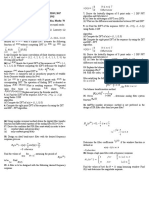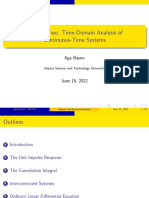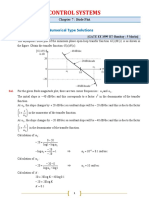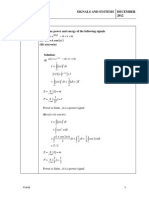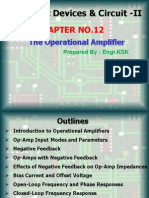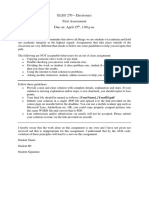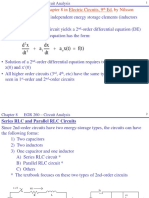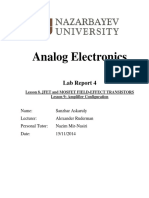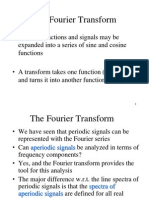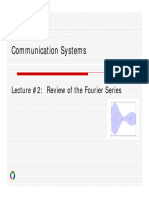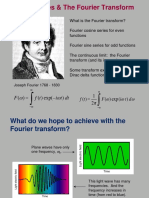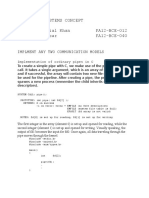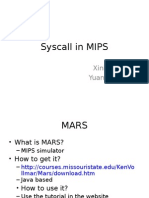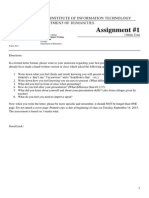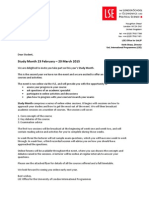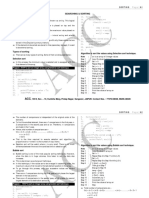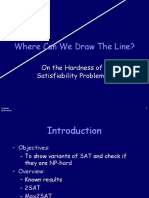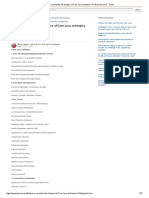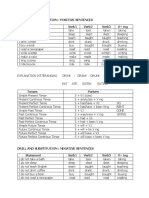0% found this document useful (0 votes)
171 views17 pagesFourier Transform & Frequency Analysis
This document summarizes a lecture on frequency domain analysis and the Fourier transform. It introduces Euler's formula relating exponentials and sinusoids. It defines the Fourier transform and Fourier series and their use in periodic and aperiodic signal analysis. Examples of Fourier transforms are given for common functions like rectangular pulses and sinusoids. Key functions like the sinc function are also defined.
Uploaded by
radians042Copyright
© © All Rights Reserved
We take content rights seriously. If you suspect this is your content, claim it here.
Available Formats
Download as PDF, TXT or read online on Scribd
0% found this document useful (0 votes)
171 views17 pagesFourier Transform & Frequency Analysis
This document summarizes a lecture on frequency domain analysis and the Fourier transform. It introduces Euler's formula relating exponentials and sinusoids. It defines the Fourier transform and Fourier series and their use in periodic and aperiodic signal analysis. Examples of Fourier transforms are given for common functions like rectangular pulses and sinusoids. Key functions like the sinc function are also defined.
Uploaded by
radians042Copyright
© © All Rights Reserved
We take content rights seriously. If you suspect this is your content, claim it here.
Available Formats
Download as PDF, TXT or read online on Scribd
/ 17










